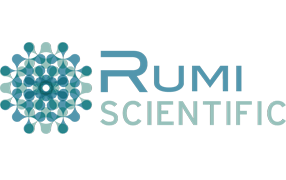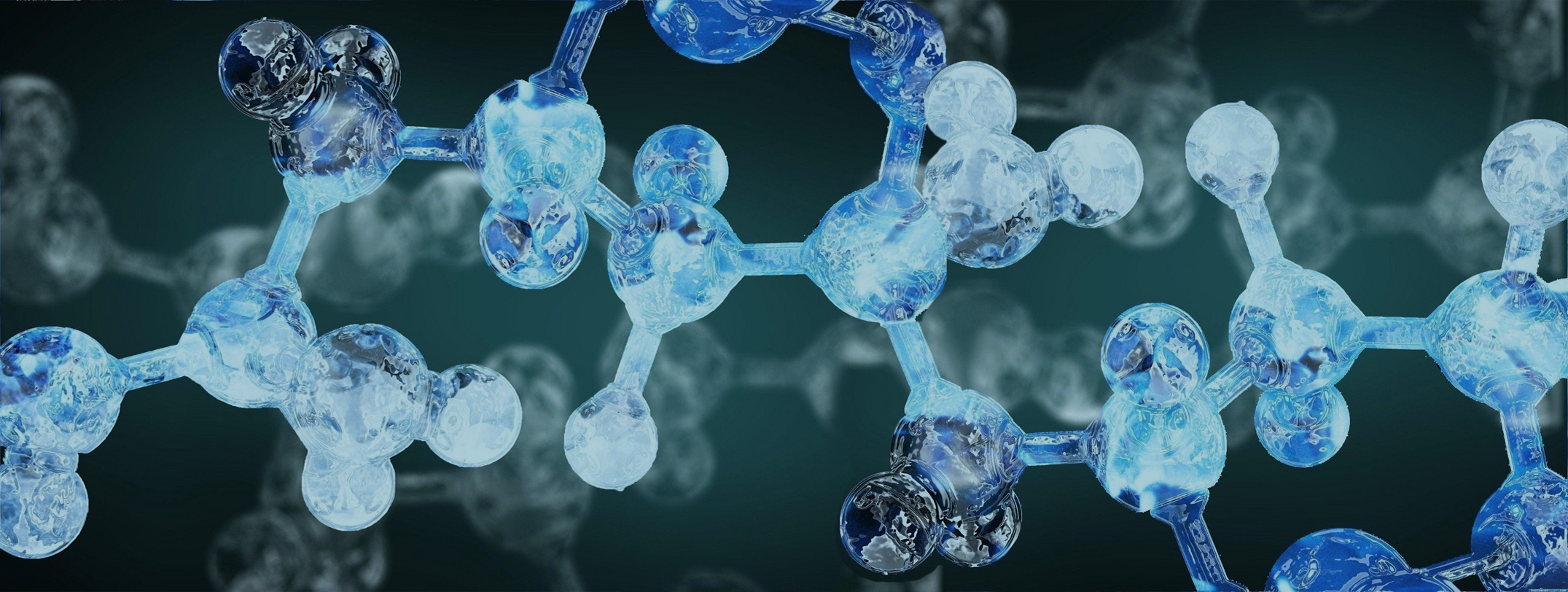
Rumi Scientific
Rumi Scientific's mission is to fast-track the early stage of drug discovery using our predictive models of the human brain for therapeutic success. Many neurodevelopmental diseases do not have treatments due to a lack of a-priori knowledge of the underlying biology. Rumi Scientific's technology is able to model these diseases to help enable the discovery of new targets and drugs, de-risking the current failure-prone cumbersome approach.
For inquiries, please contact us at
E-mail: info@rumiscientific.com









